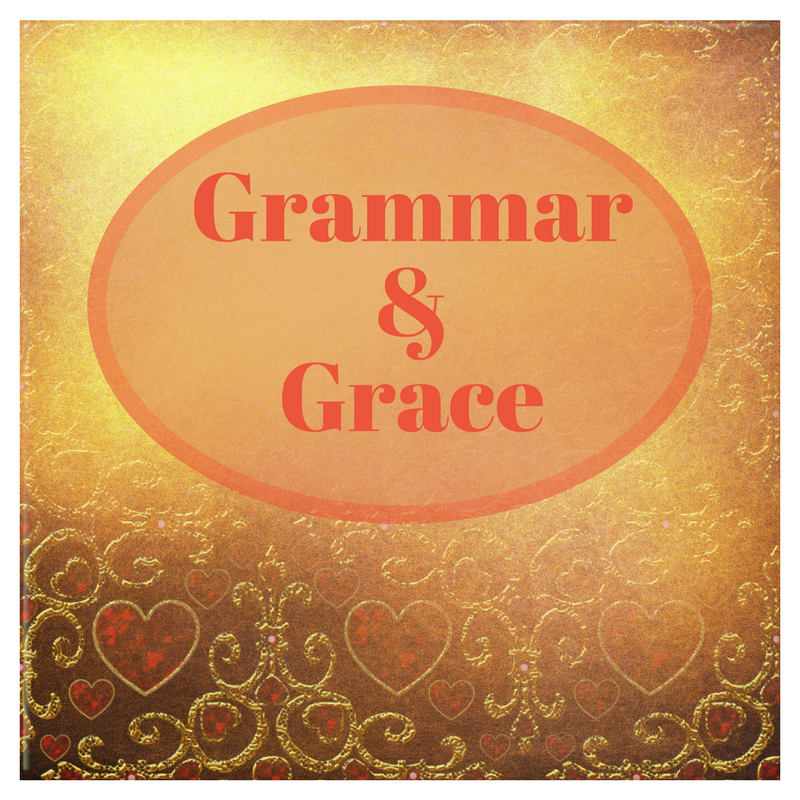
Punctuation Series: How to Edit Foreign Quotation Marks
Have you ever tried to read a book in a foreign language? Perhaps some of you have. I’ve tried…
November 22, 2019
Have you ever tried to read a book in a foreign language? Perhaps some of you have. I’ve tried…
November 22, 2019
We’re toward the end of our self-editing blog post punctuation series, but it certainly is not the end of…
October 22, 2019
Here we are, nearly at the end of our year-long punctuation/grammar series. I hope you’ve learned a lot and…
September 22, 2019
In the world of grammar and punctuation, there are three types of dash (hyphen, en dash, and em dash).…
August 22, 2019
In the world of grammar and punctuation, there are three types of dash (hyphen, en dash, and em dash).…
July 22, 2019
In the world of grammar and punctuation, there are three types of dash (hyphen, en dash, and em dash).…
June 22, 2019
Presentation is everything, especially when it comes to the publishing world. And your presentation of punctuation is crucial to…
May 22, 2019
Presentation is everything, especially when it comes to the publishing world. And your presentation of punctuation is crucial to…
April 22, 2019
Presentation is everything, especially when it comes to the publishing world. And your presentation of punctuation is crucial to…
March 22, 2019
Do you stay up at night wondering which one to choose–apart or a part? I don’t either, but when…
March 18, 2019
Presentation is everything, especially when it comes to the publishing world. And your presentation of punctuation is crucial to…
February 22, 2019
Presentation is everything, especially when it comes to the publishing world. And your presentation of punctuation is crucial to…
January 22, 2019
Do you cringe when someone scratches her fingernails down a blackboard or clicks her teeth against a metal utensil?…
January 18, 2019
We’re heading into a New Year. Perhaps you’ve finished a novel during Nanowrimo. Maybe you’re plotting a new story…
December 22, 2018
When thinking about the dialogue in our story, whether fiction or nonfiction, we must consider perspective. With each story,…
November 22, 2018
The holiday season is approaching, and it’s time for a post about the correct way to make proper names…
November 18, 2018
In light of conference season coming to a close, I thought I’d take a moment and deviate from my…
October 22, 2018
I was recently polishing my latest manuscript. One of the subplots involves a grant payout with large sums of…
October 18, 2018
Hello! How’s your editing been going for you? I hope you’re seeing great improvement, but if you’re at a…
September 22, 2018
Last year, we explored seven of the eight parts of speech. Then I took a break to address compound…
September 18, 2018
Writing is a funny art because agents and editors (freelance and publishing house) tell us to write, write, write…
August 22, 2018
Almost three years ago, I wrote a post about using apostrophes. If you want to read it, go here. The…
August 18, 2018
Writing is a funny art, isn’t it? Agents and editors (freelance and publishing house) tell us to write, write,…
July 22, 2018
The words empathy and sympathy often cause confusion. I know first hand. I used empathy in another blog post…
July 18, 2018
Many writers are introverts and don’t prefer to talk a lot. Some writers are extroverts and love to talk.…
June 22, 2018